6) Environment, Health and Wellbeing (a bit of international orgs/ NGOs)
1/57
There's no tags or description
Looks like no tags are added yet.
Name | Mastery | Learn | Test | Matching | Spaced |
|---|
No study sessions yet.
58 Terms
Health
= a state of complete physical, mental, and social well-being, and not merely the absence of disease or infirmity
(World Health Organization)
Main Determinants of health
Level 1: age, sex, and heredity factors
Level 2: individuals lifestyle factors
Level 3: social and community networks
Level 4: general socio-economic, cultural, and environmental conditions
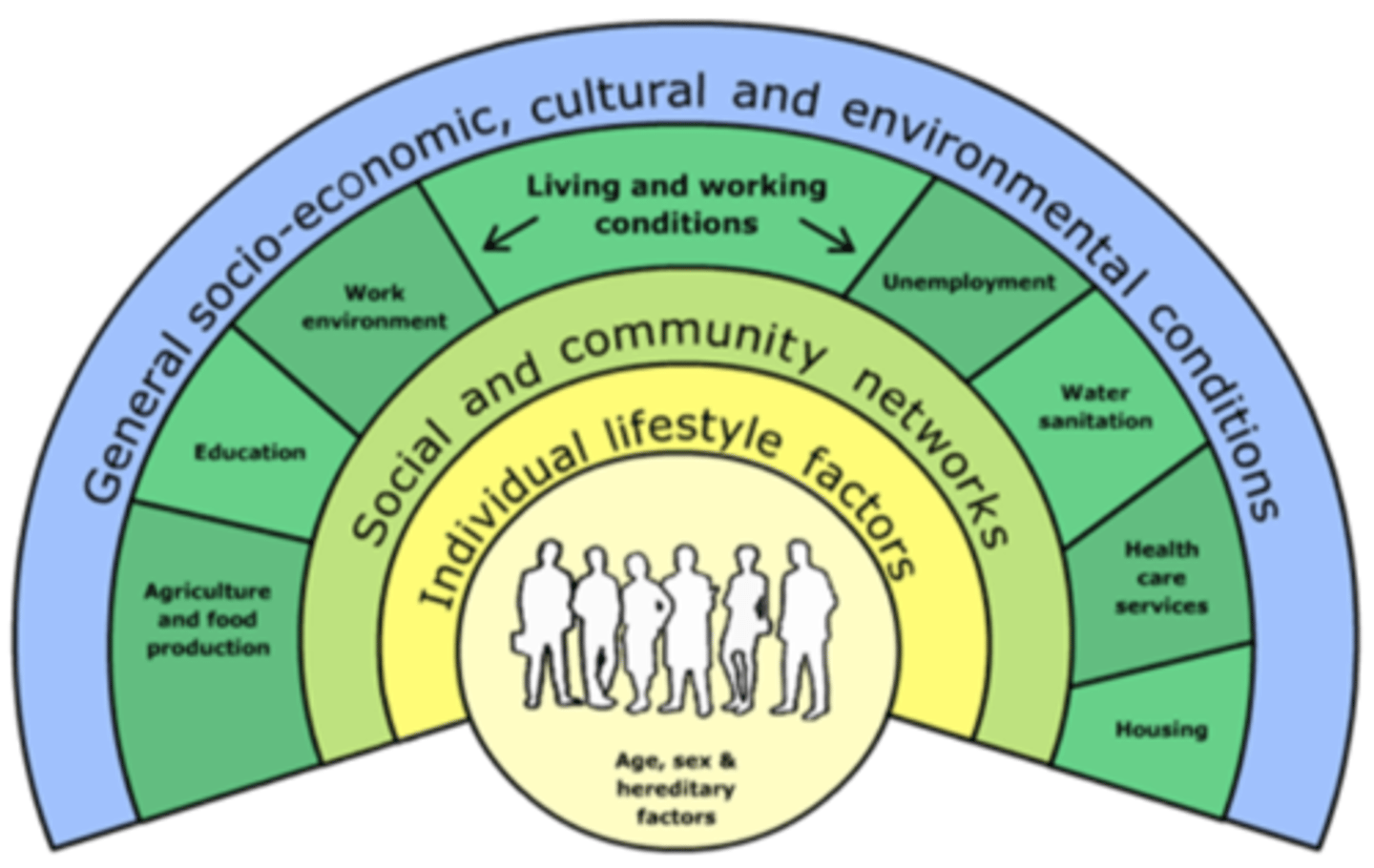
Level 4 socio-economic, cultural, and environment conditions examples
- Housing
- Education
- Health care services
- Unemployment
- Living/working conditions
- Working environment
- Agriculture + food production
Most significant factor
=> Individual lifestyle factors are the most important determinant of health.
=>Lifestyle factors like exercise, smoking and eating habitats all lead to the biggest change in overall health and can influence other determinants of health.
=>By going to a gym or playing a sport, this can improve your mental health, encourage you to meet new people or engage in a social environment, and also improve your health by strengthening you're heart and reducing body fat.
=> Choosing to eat unhealthy foods, with few nutrients and little to no vegetables can increase the risk of disease and health problems such as coronary heart disease, and even increase risk of some cancers.
=> This can also be seen in smoking and drinking, as both can lead to problems with the body such as kidney failure or lung disease.
=> These lifestyle factors have more influence over the overall health of an individual than uncontrollable factors such as age or gender and pose as an environmental trigger which may influence the development of a disorder from a predisposition due to hereditary conditions.
=> As well as this, lifestyle factors can influence the socio-economic and environmental factors, as well as social and community networks someone is involved in, improving someone's health.
indicators that can be used to measure health
- life expectancy
- infant mortality rate (IMR)
- health adjusted life expectancy (HALE)
- calorie intake
- access to safe water
- access to health services
Mortality
the number of deaths in a given population over a given period of time
(crude death rate, IMR, life expectancy)
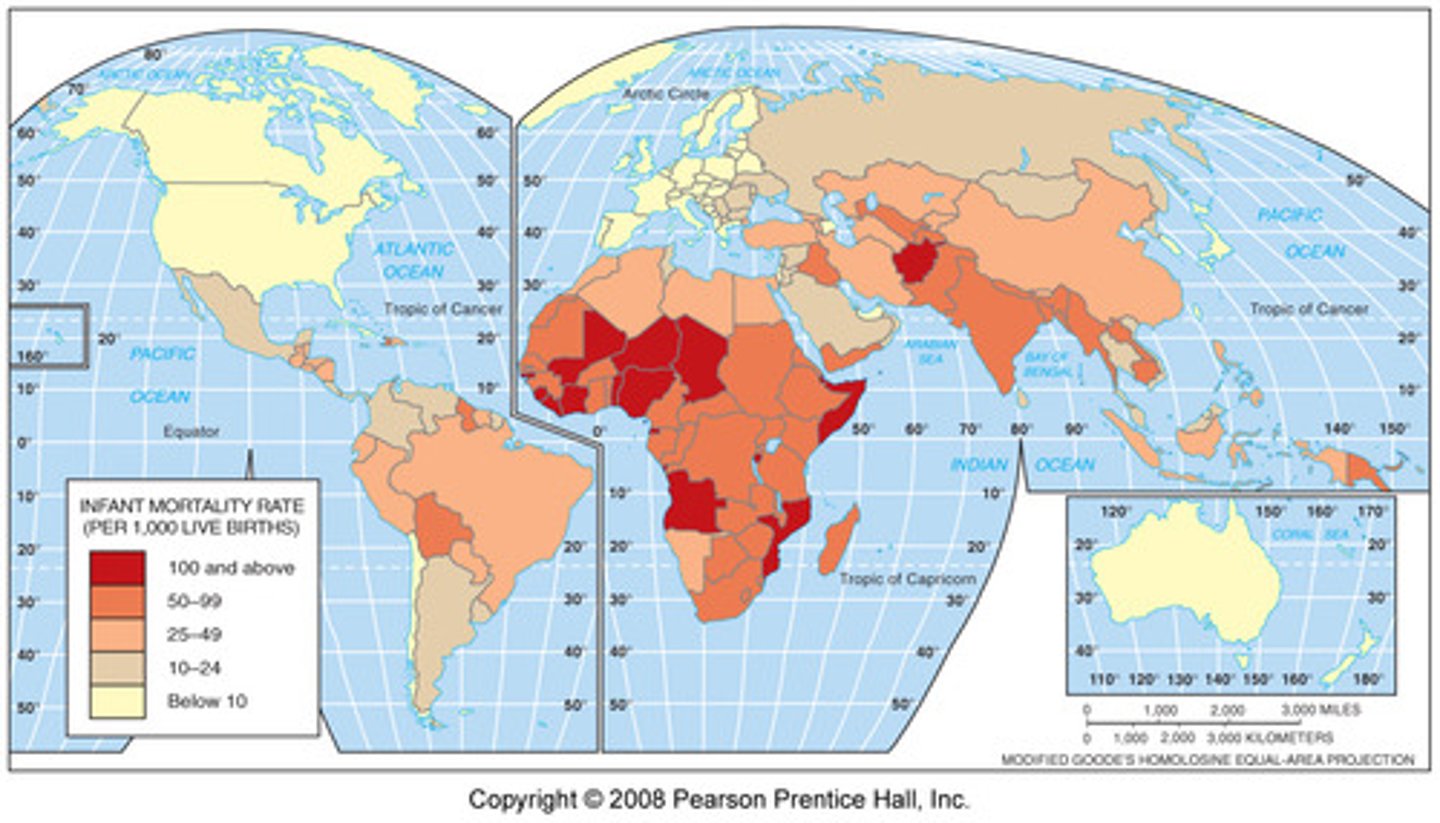
Top 3 biggest killers (globally)
1. The world - heart disease, pulmonary disease, stroke
2. UK - Dementia and Alzheimer's heart disease, respiratory disease
3. USA - heart disease, cancer, COVID-19, accidents
4. HIC's - heart disease, Dementia and Alzheimer's, stroke
5. LIC's - Neonatal conditions, respiratory infections, stroke
Morbidity
= refers to having a disease or a symptom of disease, or to the amount of disease within a population
e.g., morbidity risk to COVID 19 is higher for certain groups of people
=> the WHO measure morbidity using DALY's (Disability Adjusted Life Years)
... they measure the number of years of healthy life lost by being in poor health/state of disability
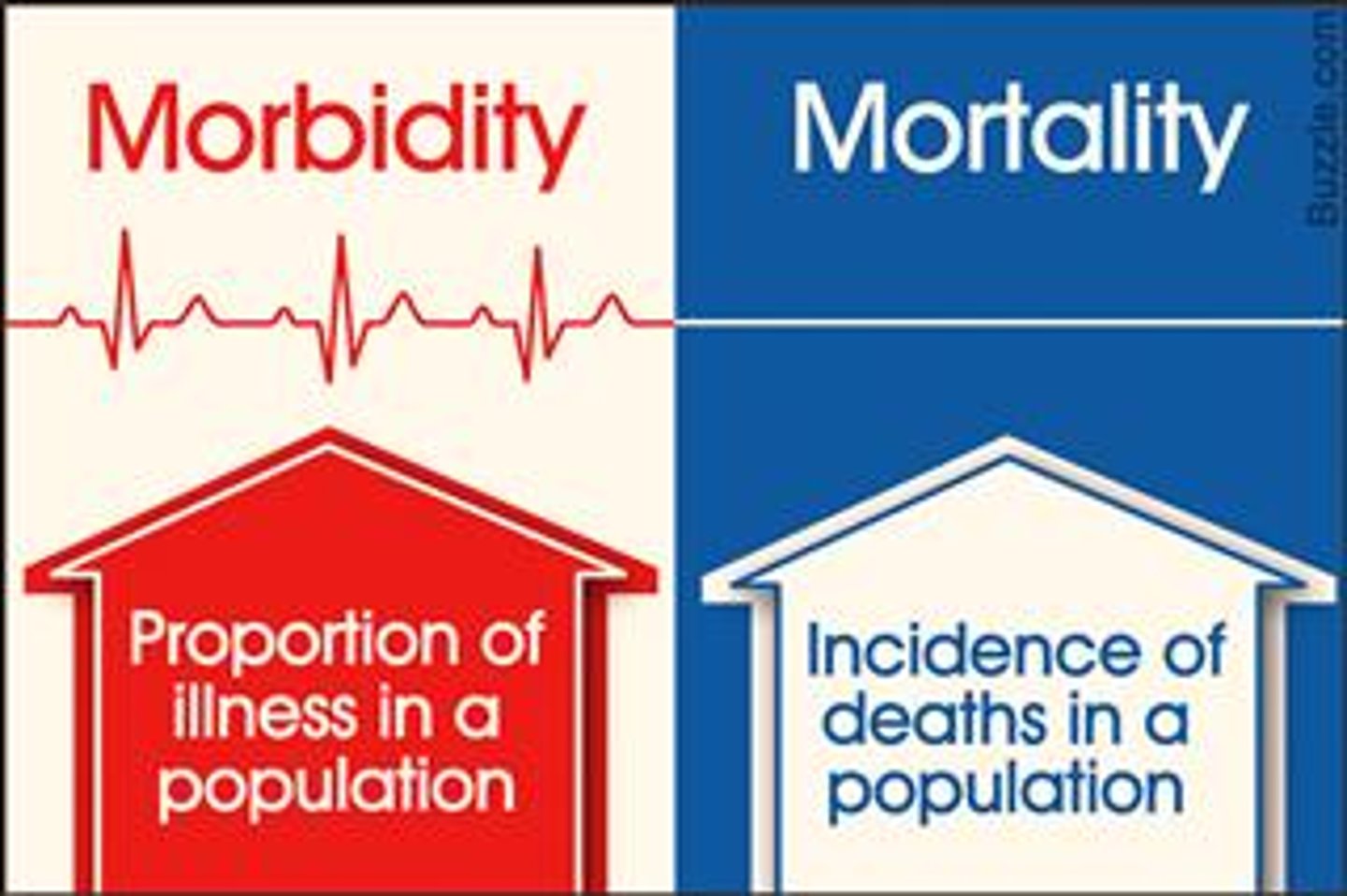
DALY's
disability adjusted life years
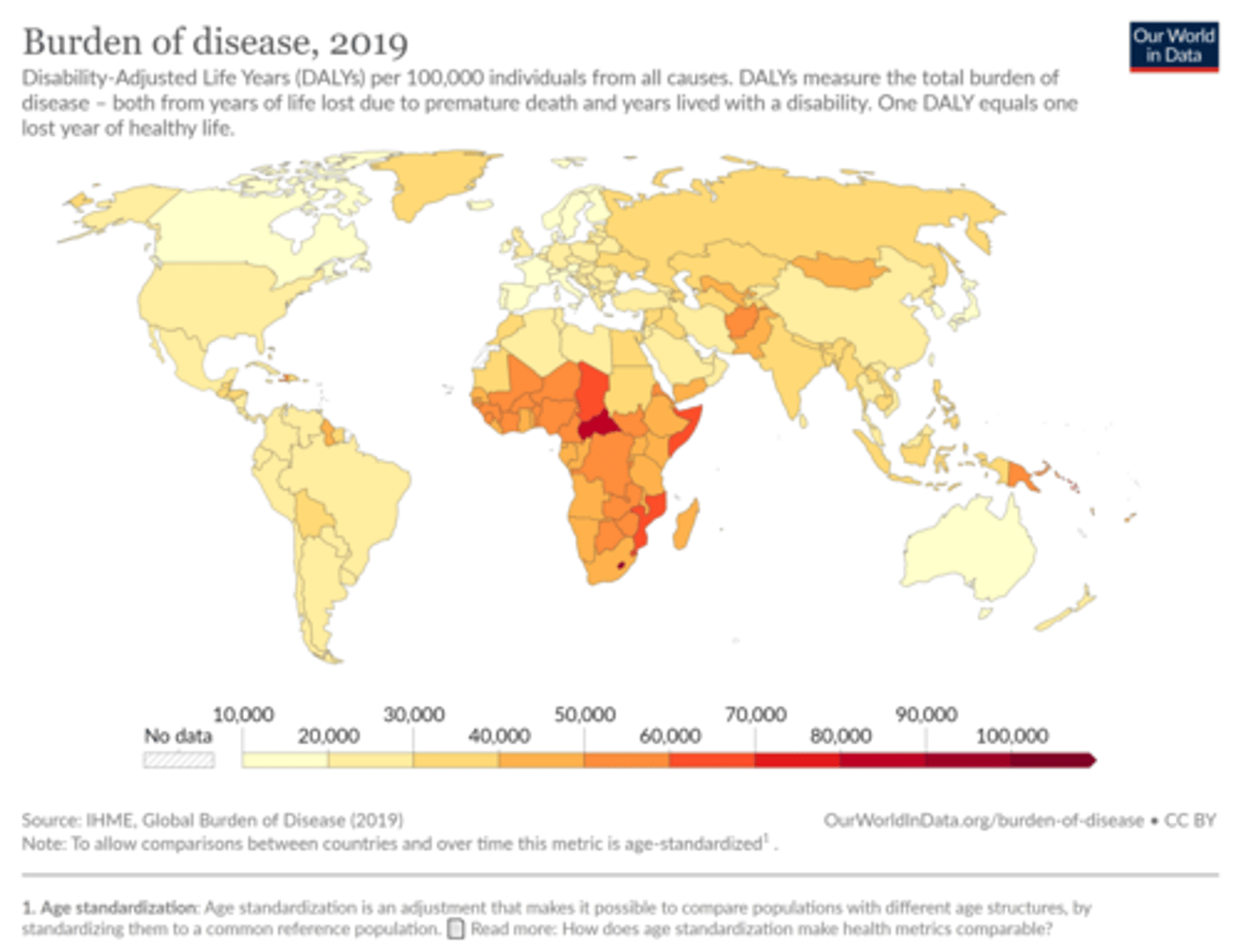
Communicable disease
= any condition which is transmitted directly or indirectly to a person from an infected person/animals/host/vector/environment
e.g., COVID, malaria, Zika, Ebola, HIV/AIDs
Non-Communicable Disease
= a medical condition or disease which is non-infectious and non-transmissible among people
e.g., diabetes, heart disease, cancer, heart attack, stroke
Non-communicable diseases deaths/year
Non-communicable diseases kill 38 million people each year
- Almost ¾ of NCD deaths (28 million) occur in low- and middle-income countries
- 16 million NCD deaths occur before the age of 70 => 82% of these "premature" deaths occurred in low/middle income countries
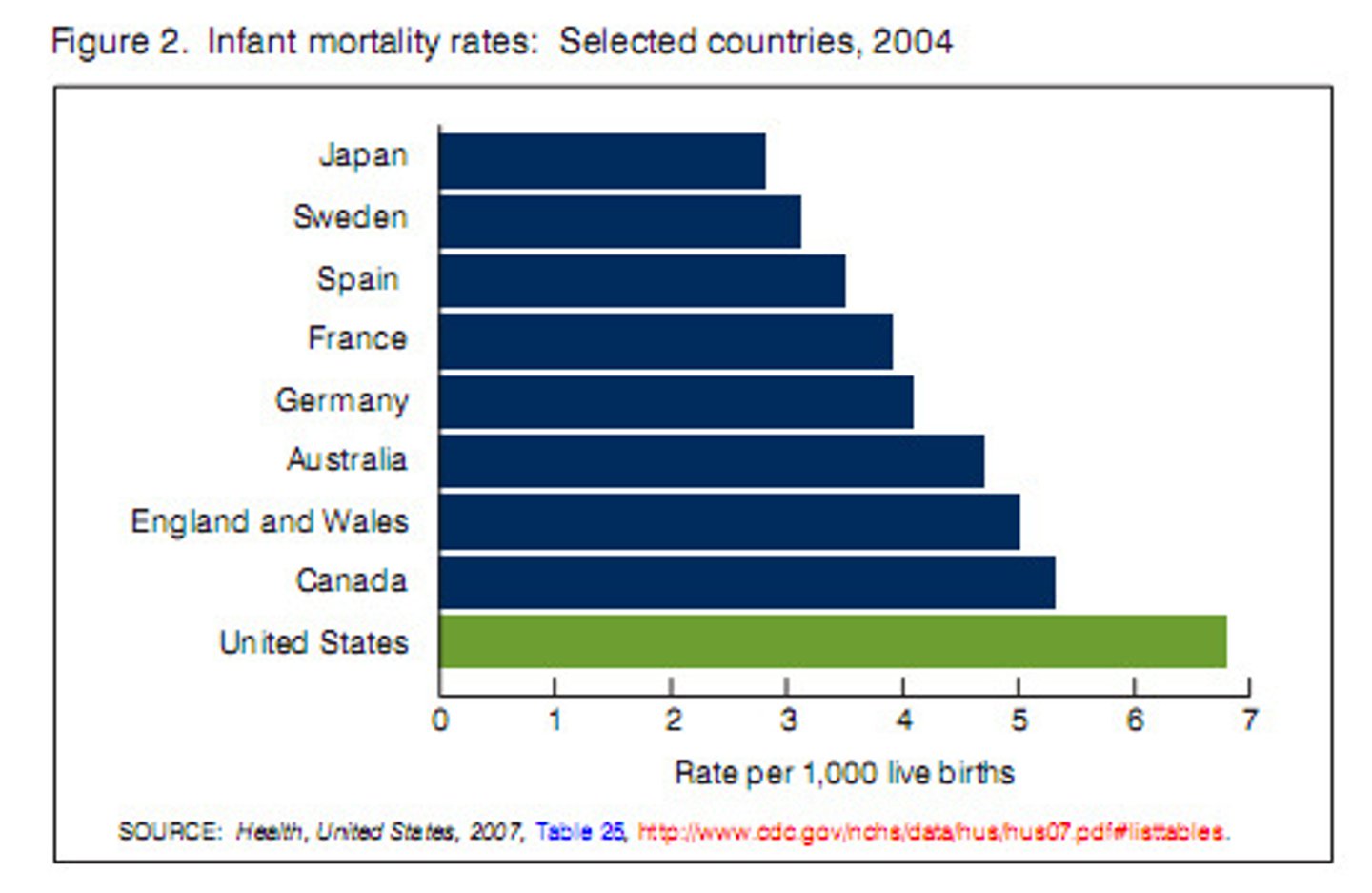
Types of non-communicable diseases + deaths/year
= Cardiovascular diseases account for most NCD deaths (17.5 million annually)
= followed by cancers (8.2 million)
= respiratory diseases (4 million)
= diabetes (1.5 million)
... 4 groups account for 82% of NCD deaths
=> Tobacco use, Physical inactivity, alcohol, unhealthy diets, etc., all increase the risk of dying from an NCD
Describe the pattern of burden of disease (2019)
- Africa has the highest number of DALYs compared to the rest of the world
- Worst affected areas = CAR morbidity of 80,000
- some northern areas of Africa have a lower DALY than southern or central areas e.g., Algeria = 20,000
- Europe = lowest continent, morbidity ranges between 10,000 and 30,000 but no higher
Asia and Eurasia = 30,000 to 40,000
- Asia and Eurasia = 30,000 to 40,000
- Africa = 20,000 to 90,000
- High morbidity is concentrated in Africa and parts of Asia
- Morbidity has overall decreased from 1990
... Africa = 34,000 to 100,000
... india = 60,000 to 70,000
- Rest of world remained considerably stable
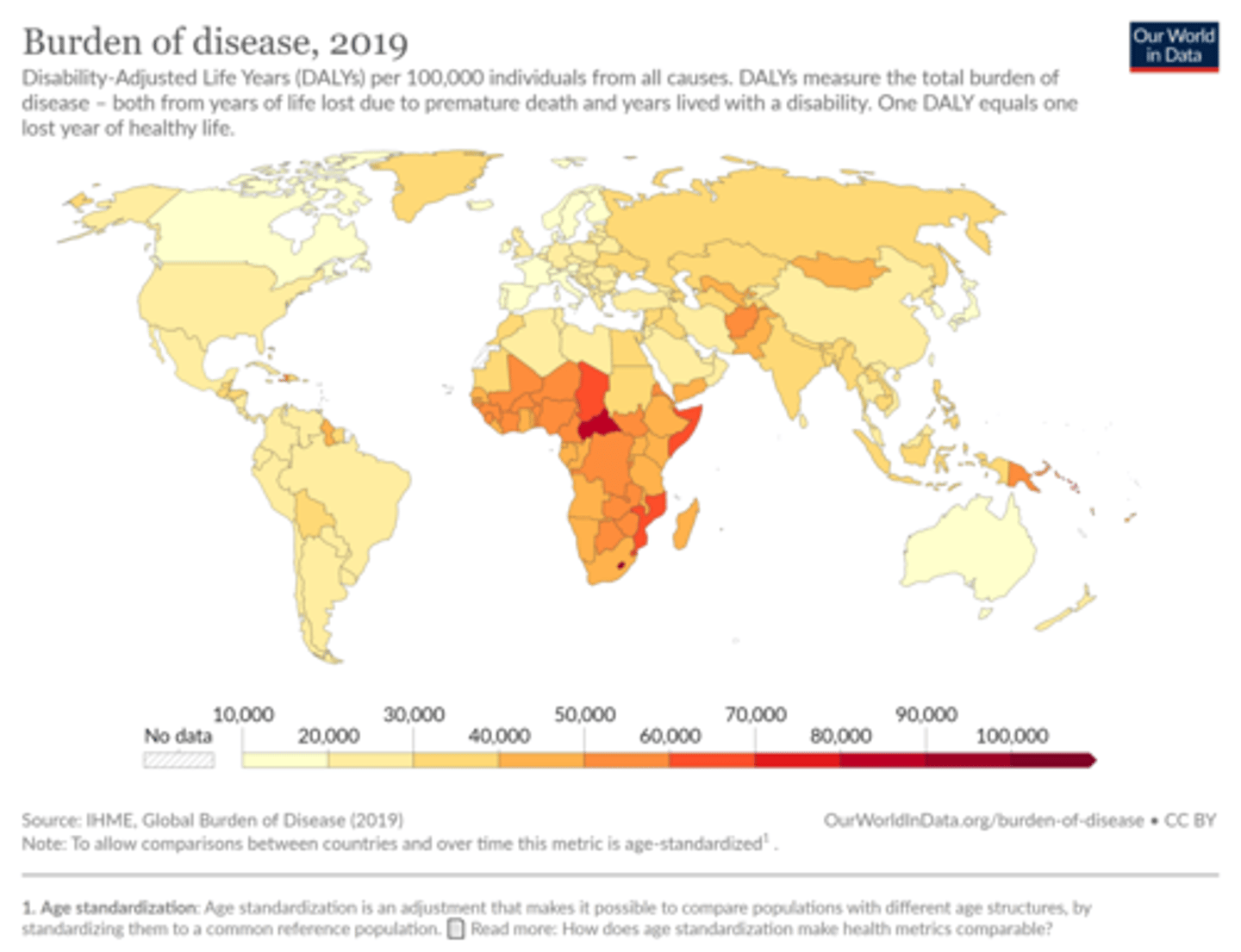
Changes in world health 2003-2019
2003: Non-Communicable Diseases overtook Communicable Diseases for number of global deaths
2019: cardiovascular disease - 39.11 million deaths
The Epidemiologial Transition Model
= any major shift in patterns of disease or causes of death that affects the level and character of mortality in a population
... what we died/die/will die from
Developed countries and Underdeveloped countries
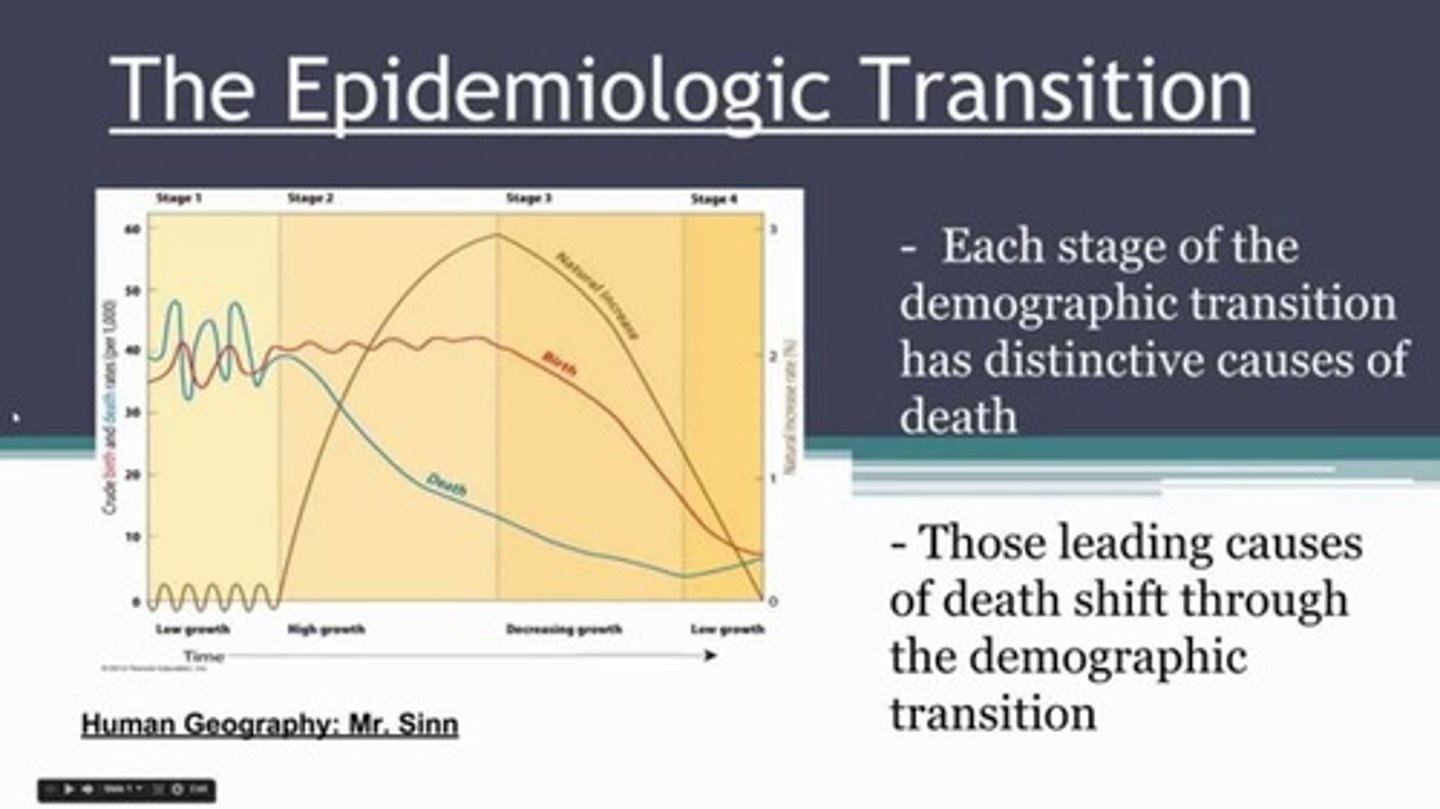
Developed Countries + ETM
communicable diseases decrease:
- Better medical facilitates, vaccinations
- Sanitation
- Less malnourishment
- Education
non-communicable diseases increase:
- ageing population
- higher disposable income
- lifestyle choices
e.g., obesity, heart disease, more money spent on food
Underdeveloped countries + ETM
communicable diseases increase:
- Poor sanitation, fewer doctors per 1000ppl
- More malnourishment, more vulnerable to disease
- Less education/resources available
- More pollution/contamination
non-communicable diseases decrease:
- younger population
- fewer people have access to disposable incomes
- don't have the luxury of choosing unhealthy foods, having cars, etc.
e.g., have to walk to places, only eat what is grown (subsistence farming)
Vulnerability to communicable disease - poverty
Poverty + underdeveloped nations
... can't afford sanitation, have inferior hygiene
=> contamination + spread of disease
=> population die/work/school affected
=> lack of economic activity + social QofL
=> poverty
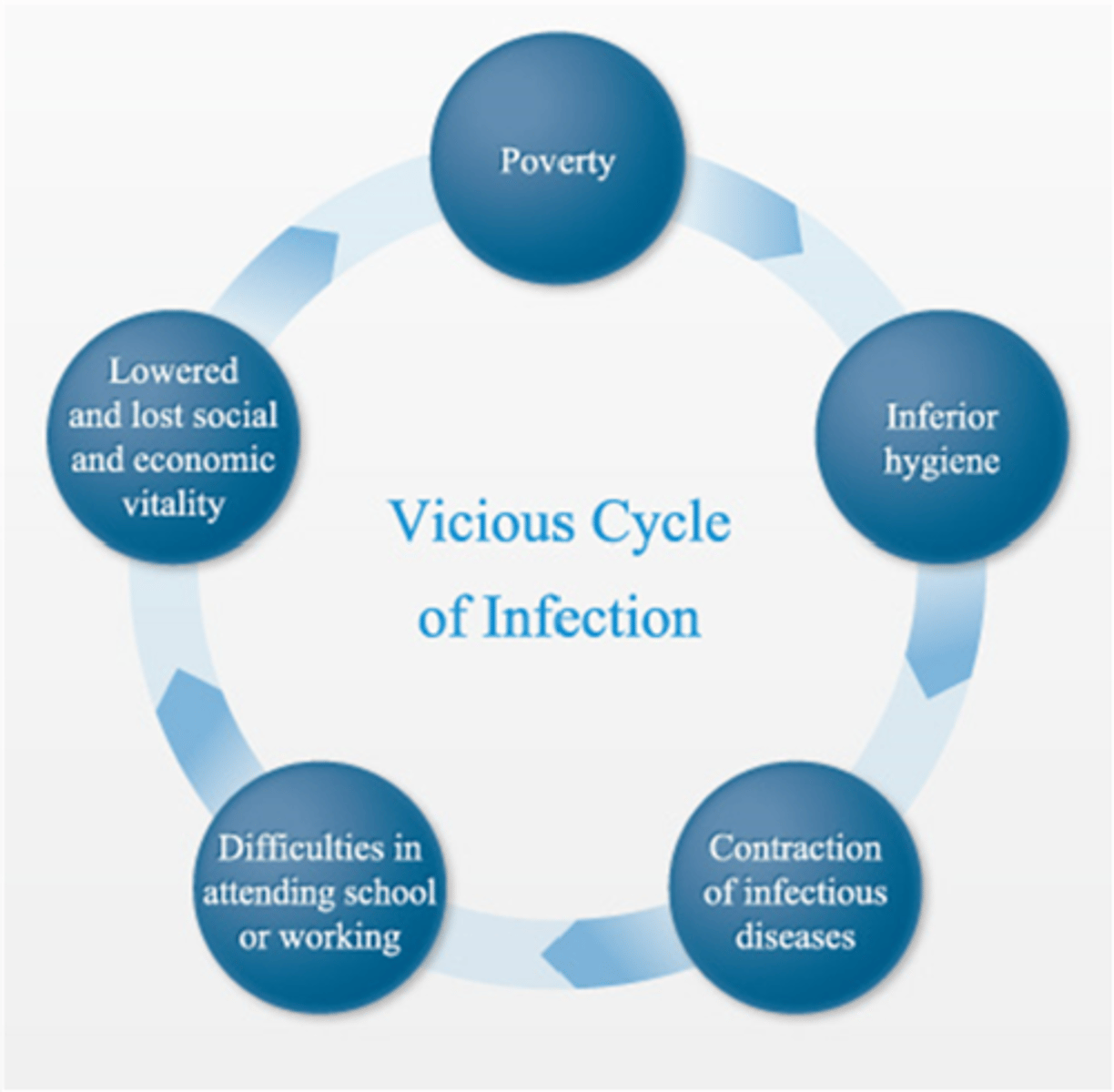
Abdel Omran (1971)
Creator of the Epidemiological Transition Model
... ETM was initially comprised of 3 stages characterised by causes of death
Stages of the Epidemiological Transition Model
1. The age of pestilence and famine
2. The age of receding pandemics
3. The age of degenerative and man-made disease
.... Added in the 80's
4. The age of delayed degenerative disease
... added in 2002
5. The age of re-emergence of infectious and parasitic diseases
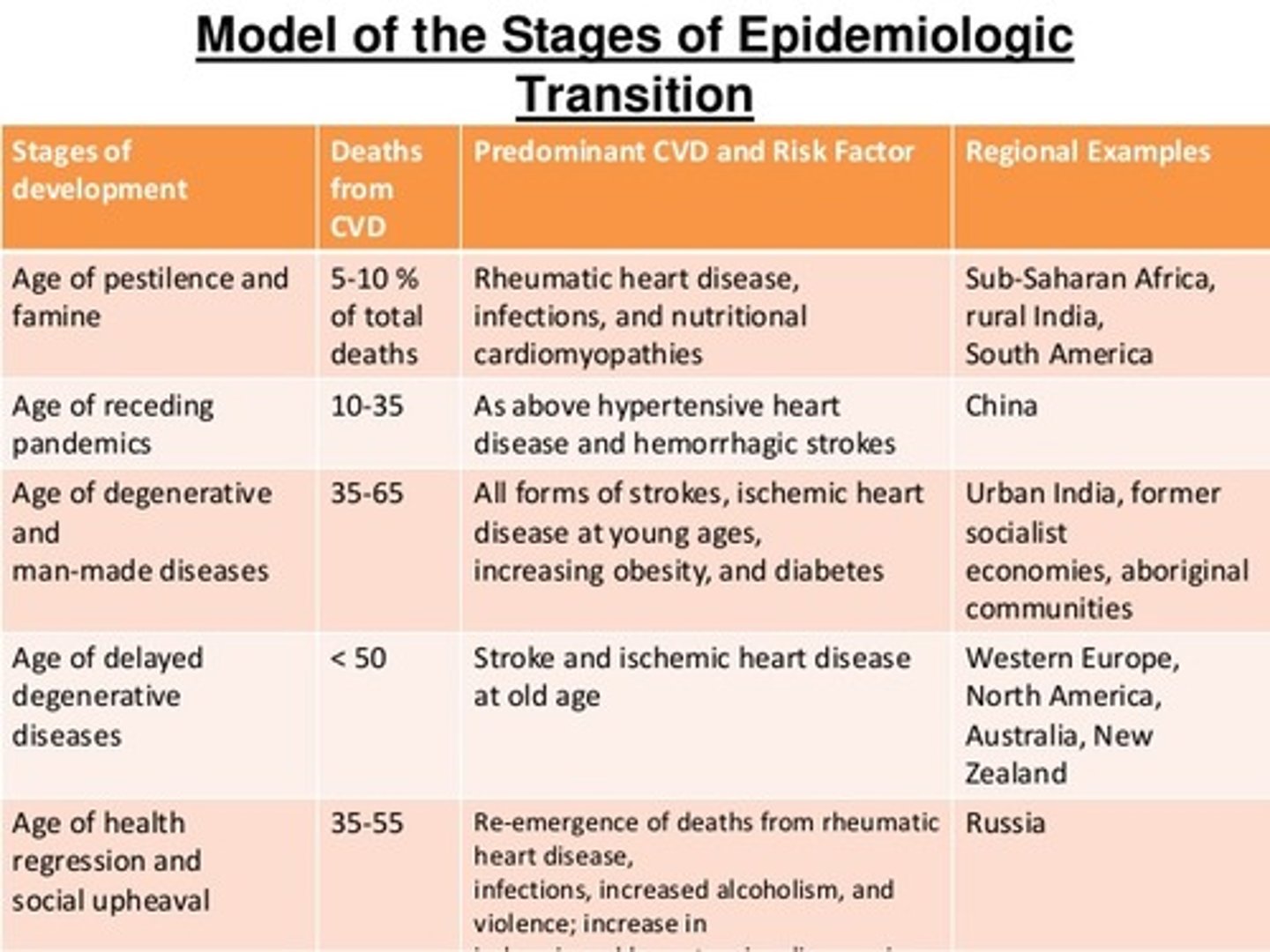
1. The age of pestilence and famine
... infectious and parasitic diseases were the principle causes of human deaths
=> widespread famine
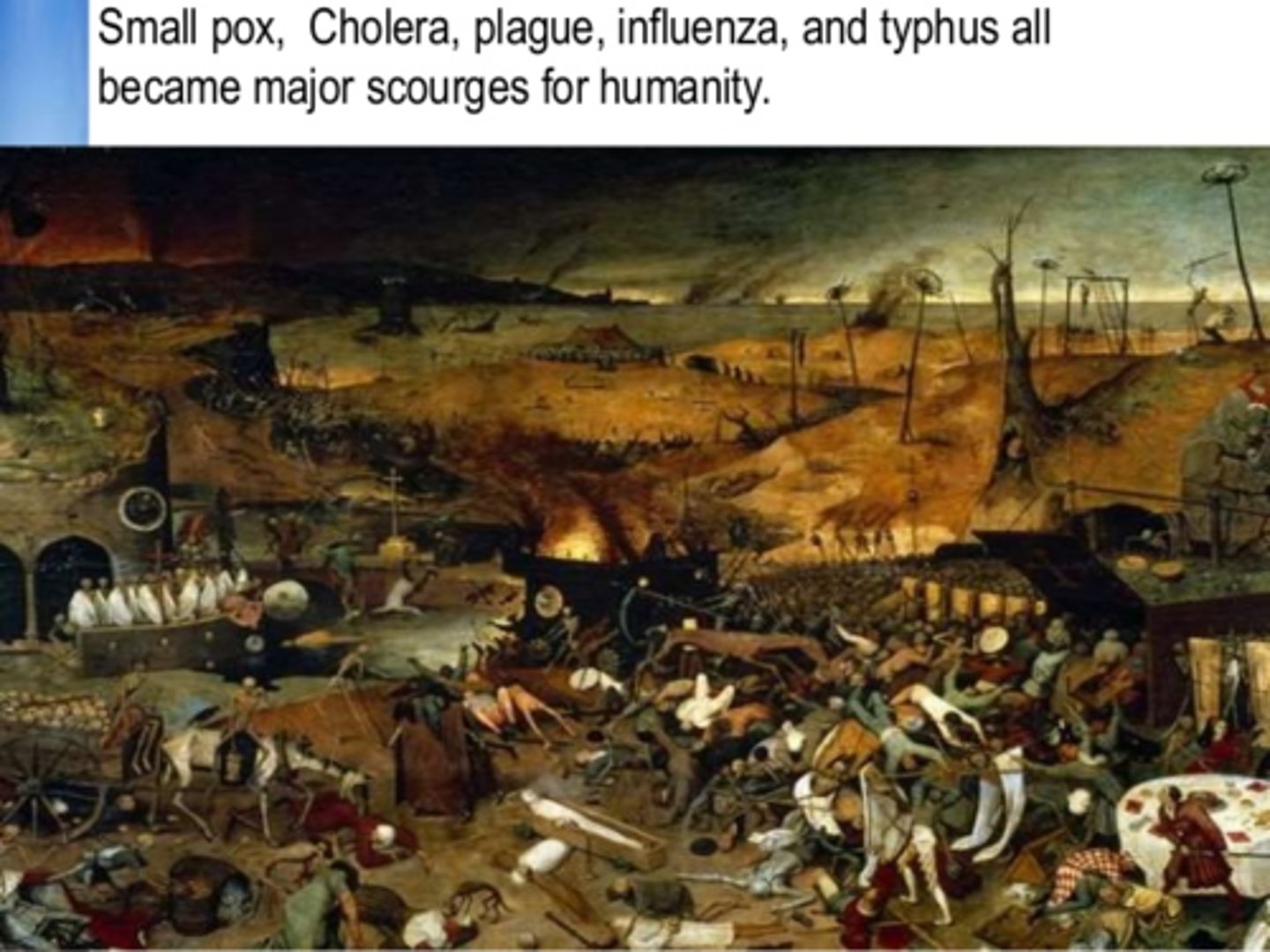
2. The age of receding pandemics
mortality declined progressively but infectious diseases were still responsible for the majority of deaths.
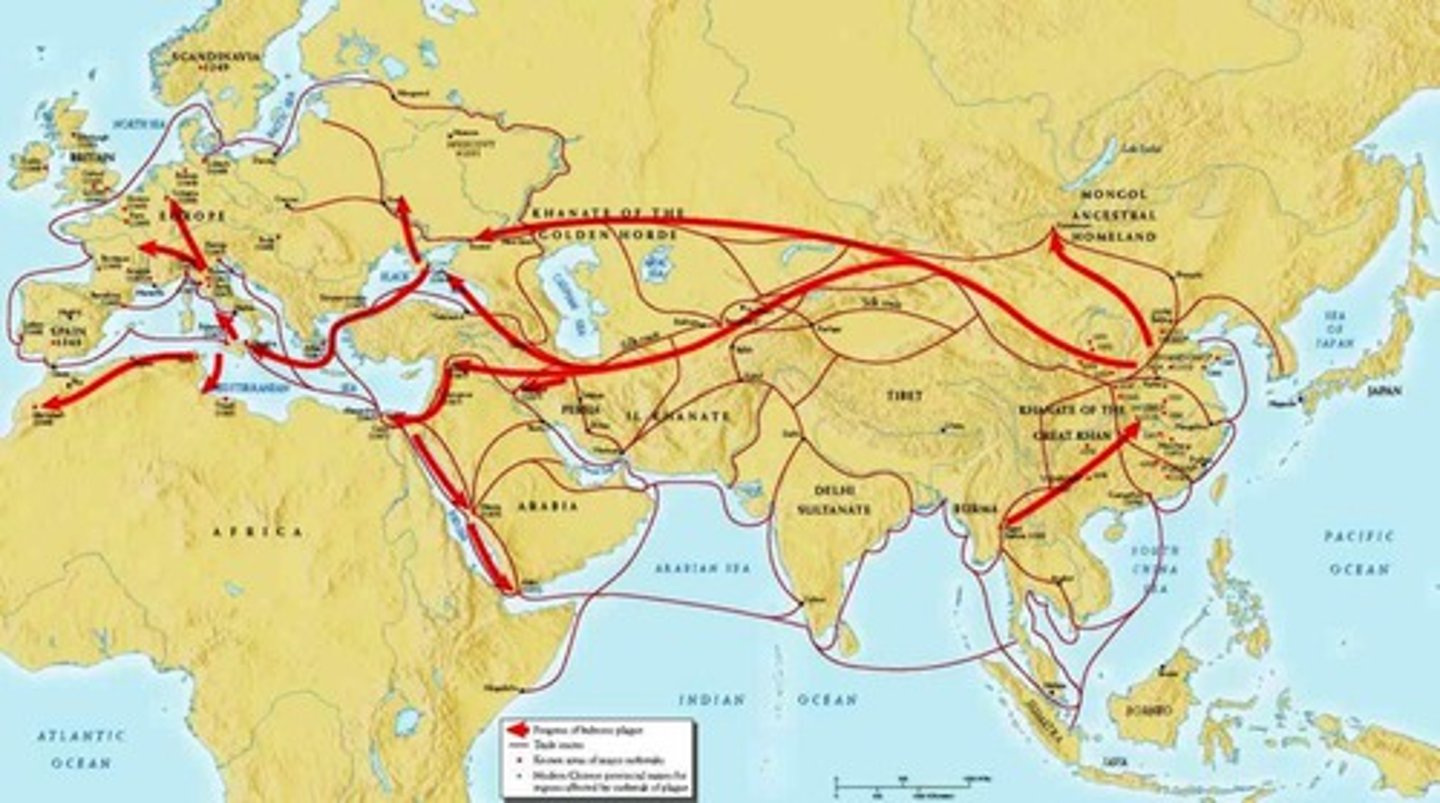
3. The age of degenerative and man-made disease
... characterised by a decrease in deaths from infectious diseases but an increase in chronic disorders associated with ageing
=>change in lifestyle
e.g., cardiovascular disease, pulmonary disease, dementia

4. The age of delayed degenerative diseases
... delay of chronic diseases due to advances in medicine, meaning life expectancy increased
(Added in 1980's by S.Jay Olshansky)

5. The age of re-emergence of infectious and parasitic diseases
... infectious diseases thought to have been eradicated or controlled have returned and new ones have emerged
(Martens 2002)
e.g., COVID19
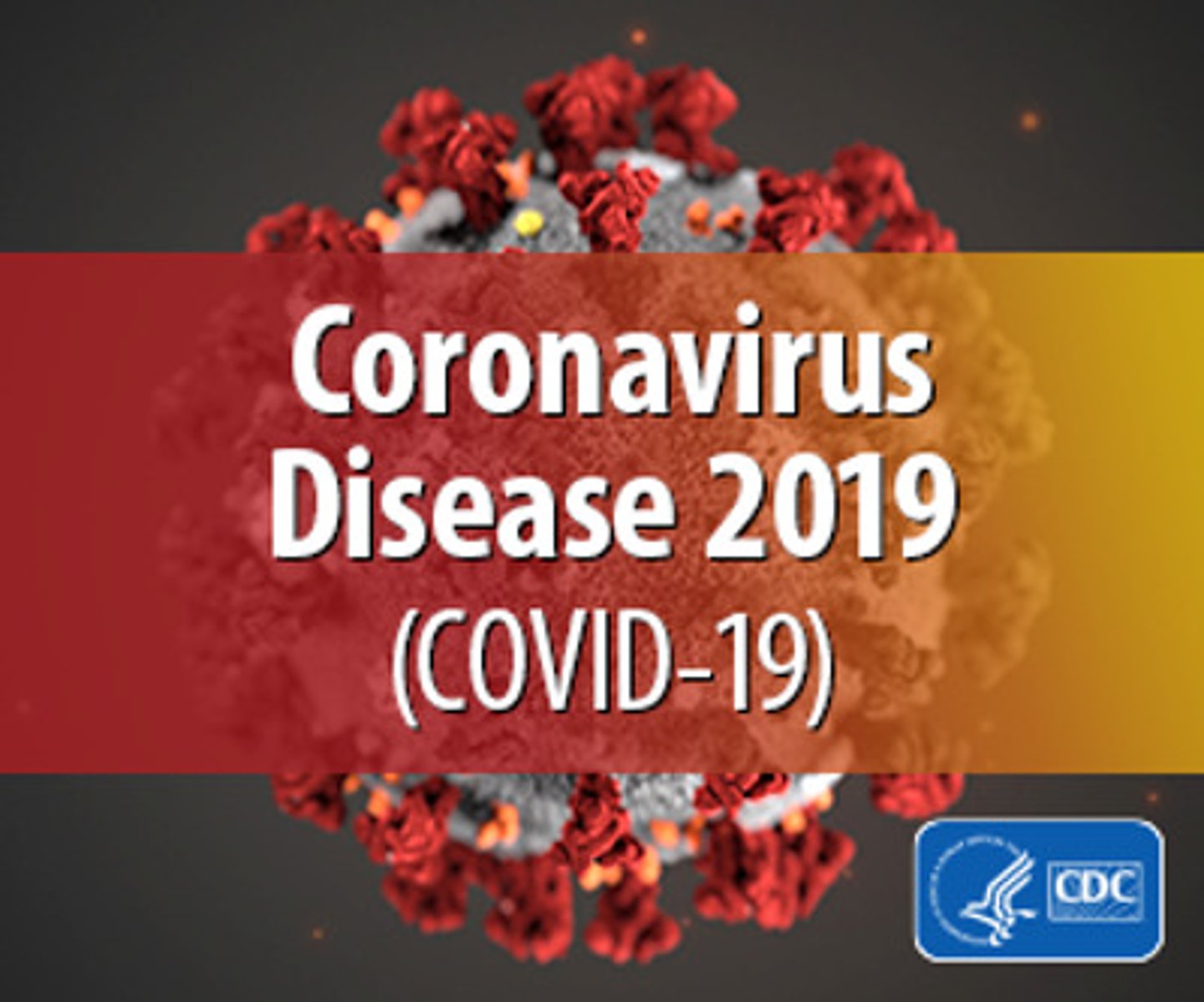
The relationship between environmental variables and disease
Climate
Famine
Topography
Air pollution
Water quality
Climate
- colder weather = more susceptible to disease (e.g., flu)
- drought can increase vulnerability
- waterborne diseases from stagnant water (hot countries) or contaminated water from flooding (wet countries) e.g., cholera
- drought = crop failure and famine
- allergies = hay fever, asthma
- SAD = seasonal patterns of depression
- Chemicals= soft water can increase heart disease, aluminium in water may cause Alzheimer's disease, radon in granite rocks (SW England) can increase some cancers
uv light radiation = skin cancer
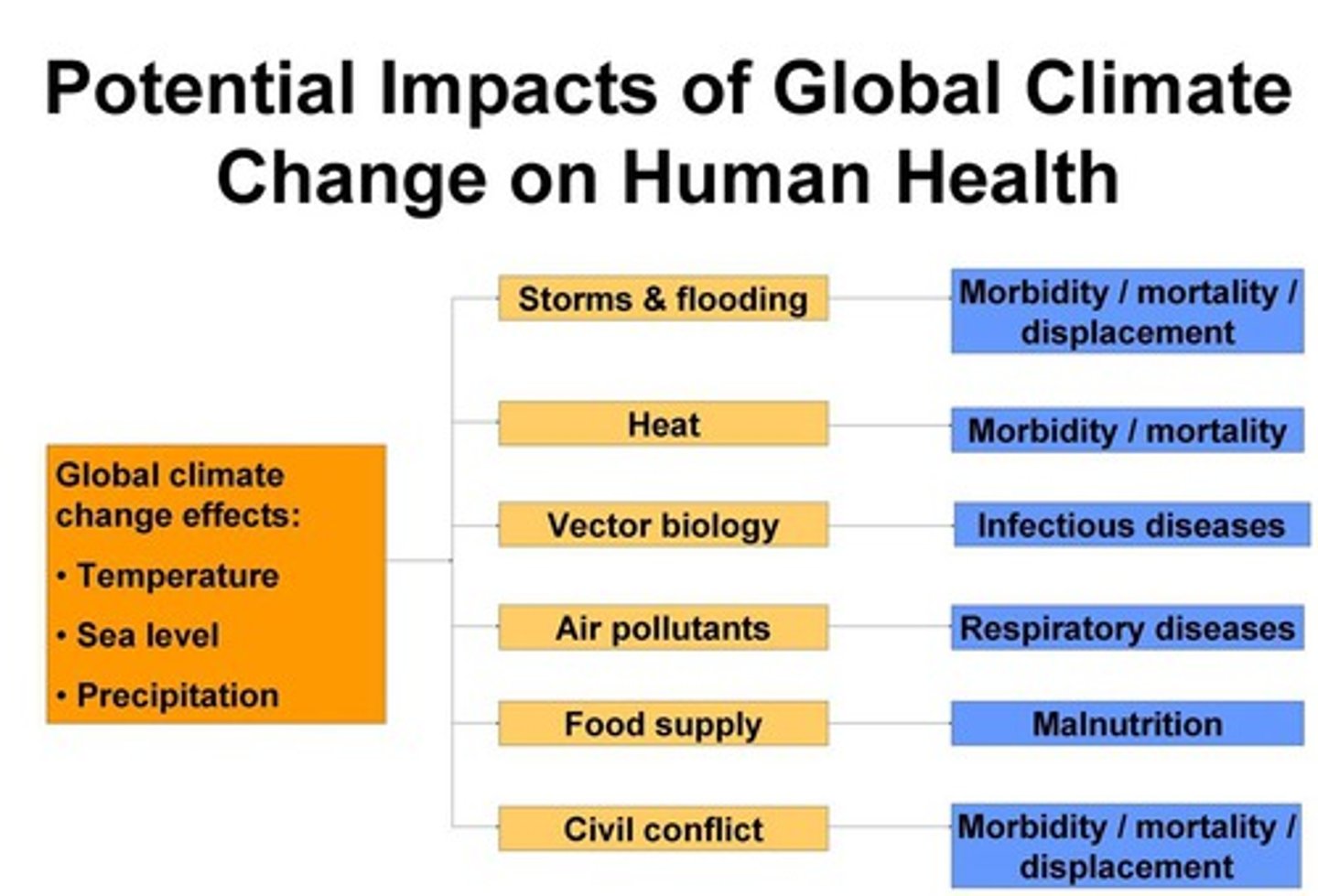
Famine
"Between starvation and death there is nearly always disease"
-W.H.O
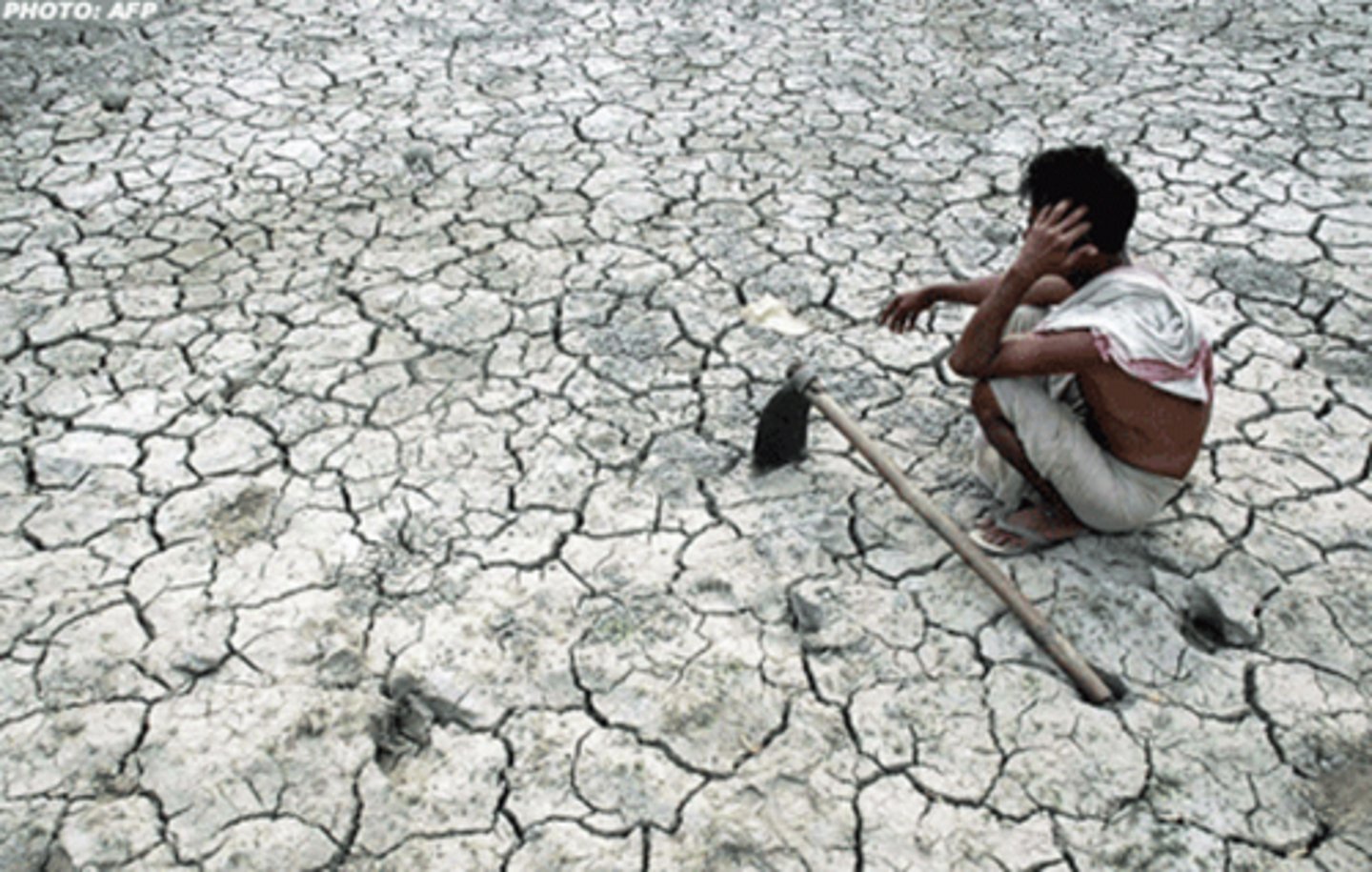
Topography
= the arrangement of the natural and artificial physical features of an area
- Unplanned flooding in low lying areas/floodplains = increase water borne diseases (diarrhoea, cholera, hepatitis A and E, typhoid)
- Large areas of stagnant water provide breeding grounds for carriers/vectors of disease (e.g., mosquitos and malaria)
natural hazards eg earthquakes haiti 2010, cramped and unhygienic conditions led to cholera
Pakistan Topography + Disease
3-month period from July to September 2010 marked by heavy rainfall across the country
=> 1600 people lost their lives in resulting floods and 14 million adversely affected
Diseases:
- diarrhoea
- skin and eye infections
- leptospirosis
- increased vector pollution
- malaria
- respiratory infections
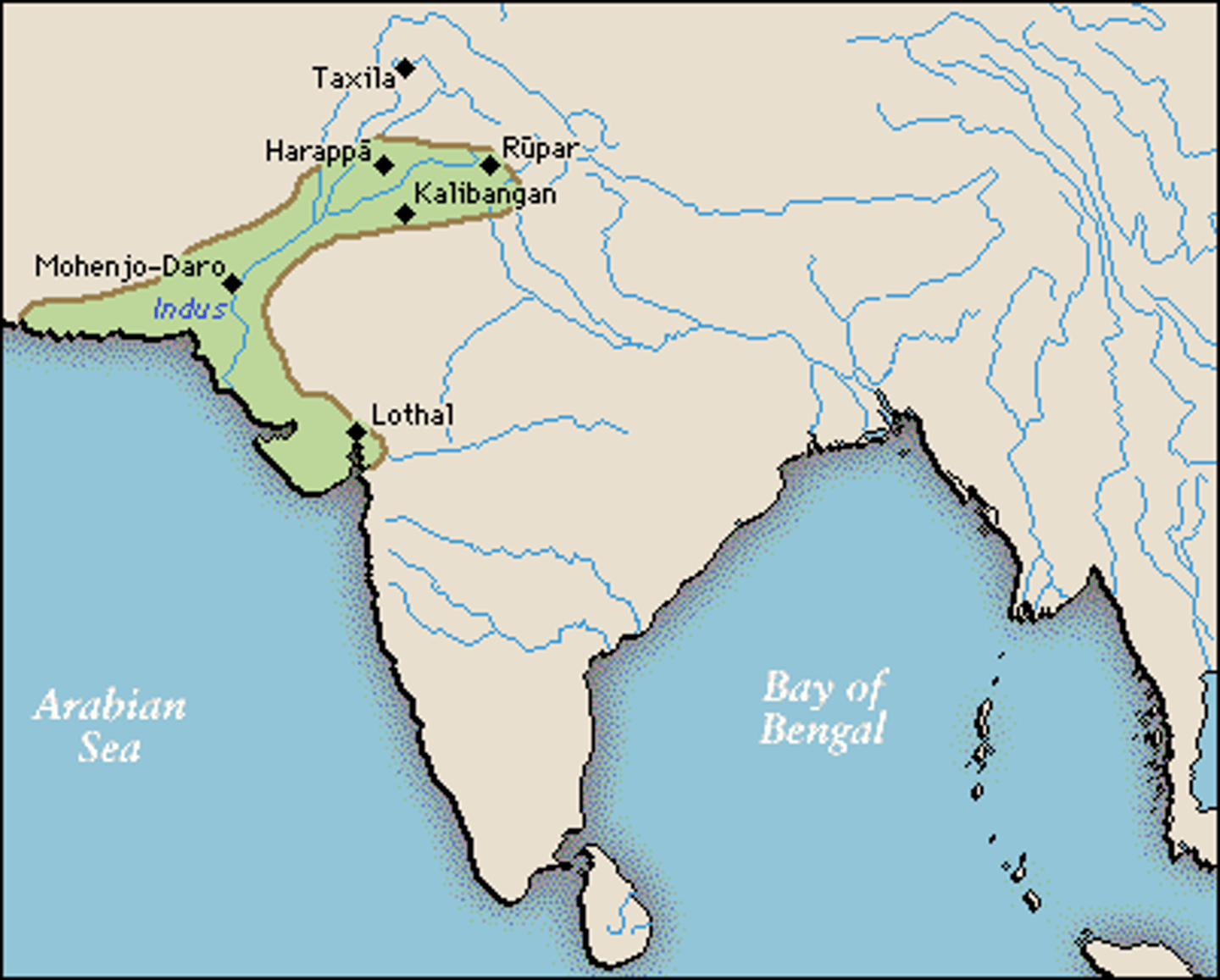
Pakistan Flooding - Diarrhoea, Leptospirosis & skin+eye infections
Diarrhoea
=> flooding caused epidemics of water and vector borne diseases due to contamination of water sources and disruption of purification/sewage disposal systems, crowding and subsequent faecal-oral spread of gastrointestinal pathogens
Leptospirosis
=> rodents and wild animals transmit disease to humans via excreted faeces
Skin+eye infections
=> due to direct contact with polluted water (infections, dermatitis, conjunctivitis)
Pakistan Flooding - increased vector pollution, malaria & respiratory infections
Increased vector pollution
=> carrier animals, contact with contaminated water sources and contaminated drainage material = all resulted due to flooding, increasing transmission of disease
Malaria
=> due to extensive agricultural practices, vast irrigation, and monsoon rains. When monsoon floods recede, stagnant pools of water left behind make perfect breeding grounds for malaria-causing mosquitos
Respiratory infections => usually most common cause of morbidity in aftermath, 13% of all deaths (tuberculosis)
Topography + disease example
Haiti 2010
... cramped, unhygienic, 10,000 deaths in cholera epidemic
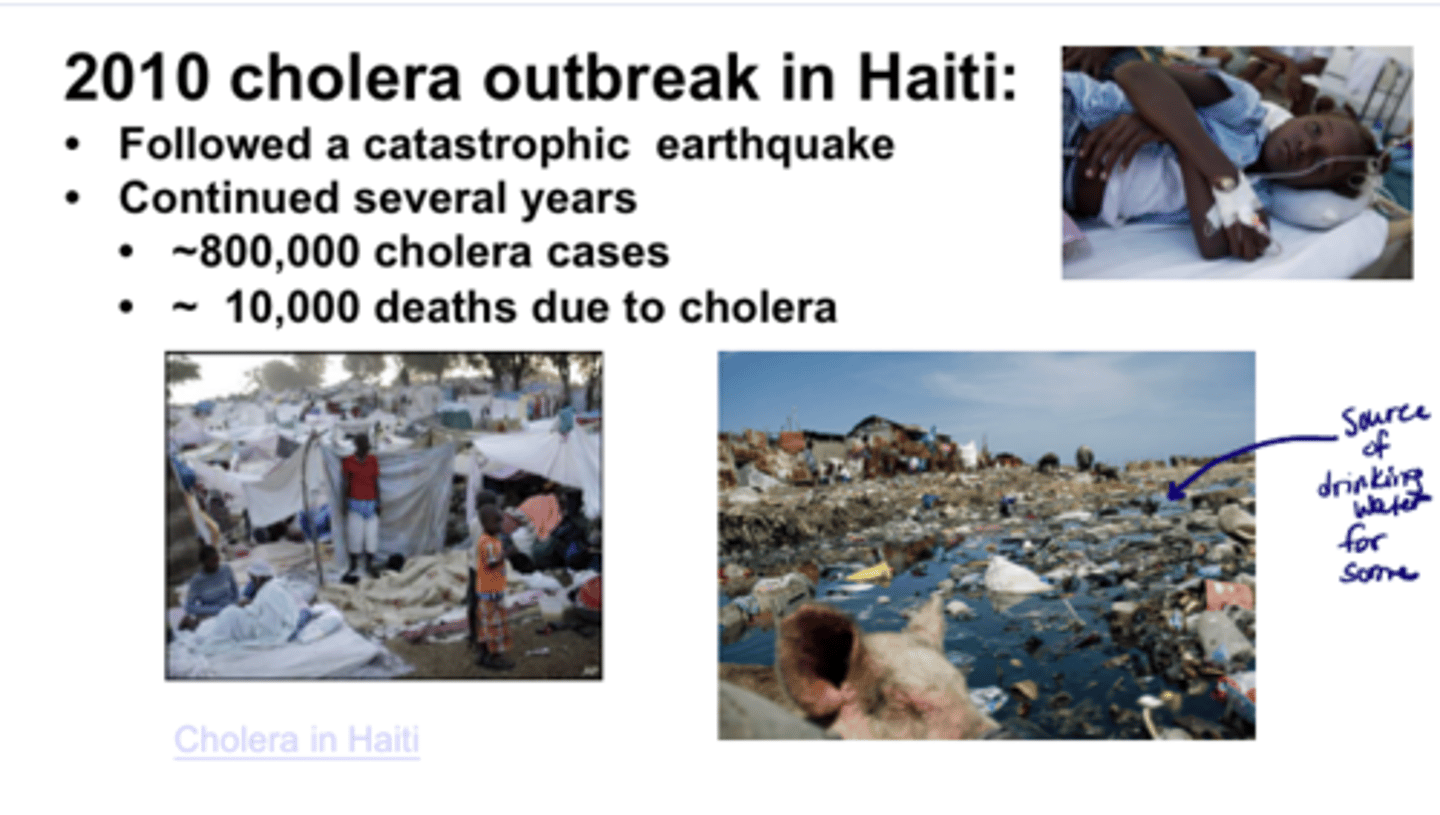
Air Pollution
Outdoor and Indoor air pollution
Air pollution kills 13 people per minute

Outdoor air pollution
- 7 million people die from air pollution a year
- 4.2 million die from outdoor air pollution
- 71% of these 7 million live developing countries
- 91% of the world's population live in areas where the air quality exceeds WHO guidelines
- The most harmful pollutant to human health is PM 2.5 found in soot, smoke, and dust => lodges in the lungs causing long term health problems (asthma, chronic lung disease)
... PM 2.5 starts to become a health problem when there is more than 35.5 um/g
Of the top 20 most polluted cities, 13 were in India
... New Delhi = 153 um/g of PM 2.5

Indoor air pollution
"Indoor air pollution and household energy: the forgotten 3 billion"
=> Around 3 billion people cook and heat their homes using open fires and simple stoves burning biomass (wood, animal dung, crop waste) and coal
=> Over 4 million people die prematurely from illness attributable to the household air pollution from cooking with solid fuels
=> Premature deaths annually from NCD's including stroke, ischaemic heart disease, chronic obtrusive pulmonary disease (COPD) and lung cancer are attributed to exposure to household air pollution
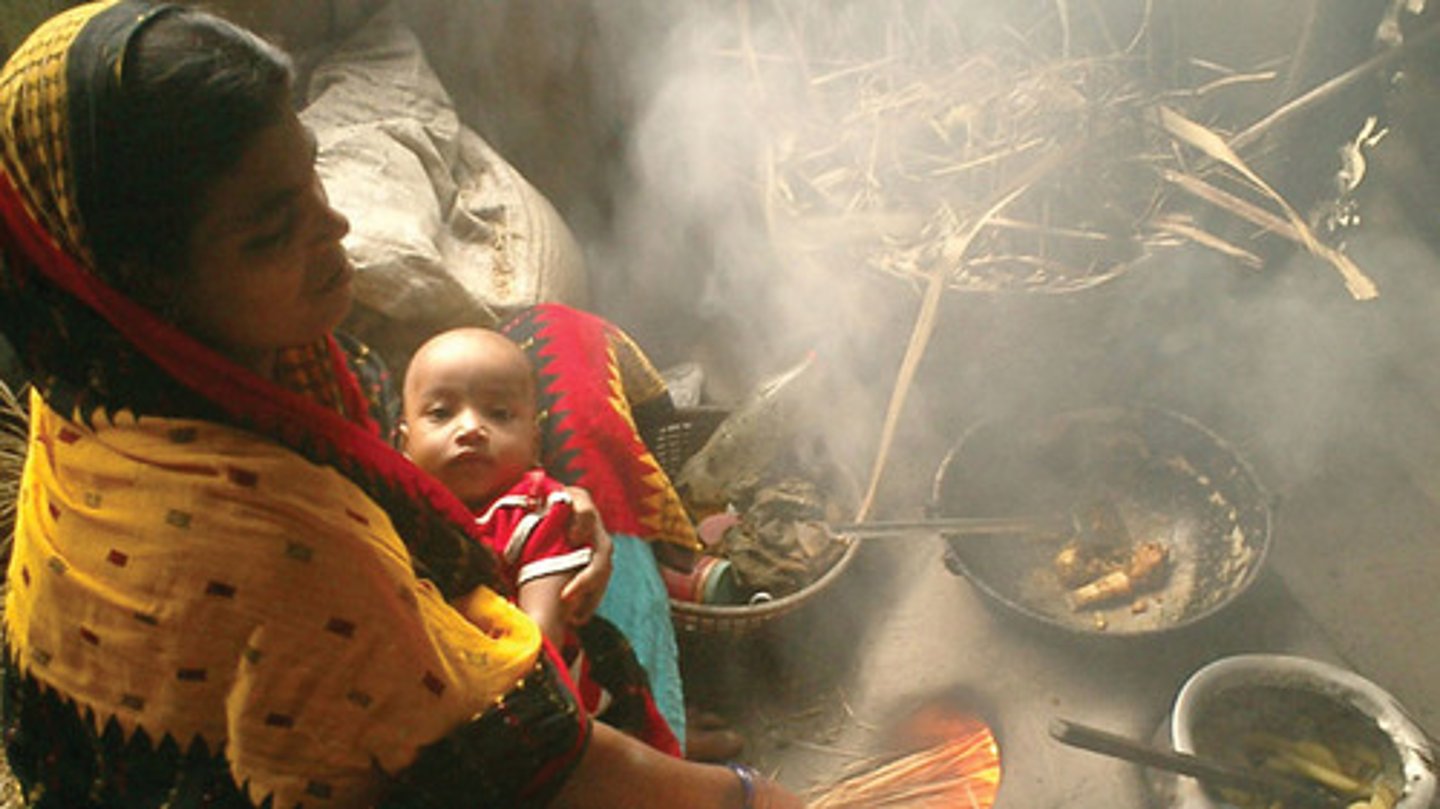
Water Quality
... human sewage is one of the main pollutants of water
=> unsafe water and poor sanitation
- Unsafe water is responsible for 1.2 million deaths each year
- 6% of deaths in LICs are the result of unsafe water sources
- 666 million (9% of the world) does not have access to an improved water sources (from 1990)
- 2.1 billion (1 in 4 people) do not have access to safe drinking water
=> lack of access to safe water sources is a leading risk factor for infectious diseases
i.e., dysentery, hepatitis A, typhoid, cholera, diarrhoea, and polio
=> it also exacerbates malnutrition and in particular, childhood stunting
=> it ranks as a very important risk factor for death globally
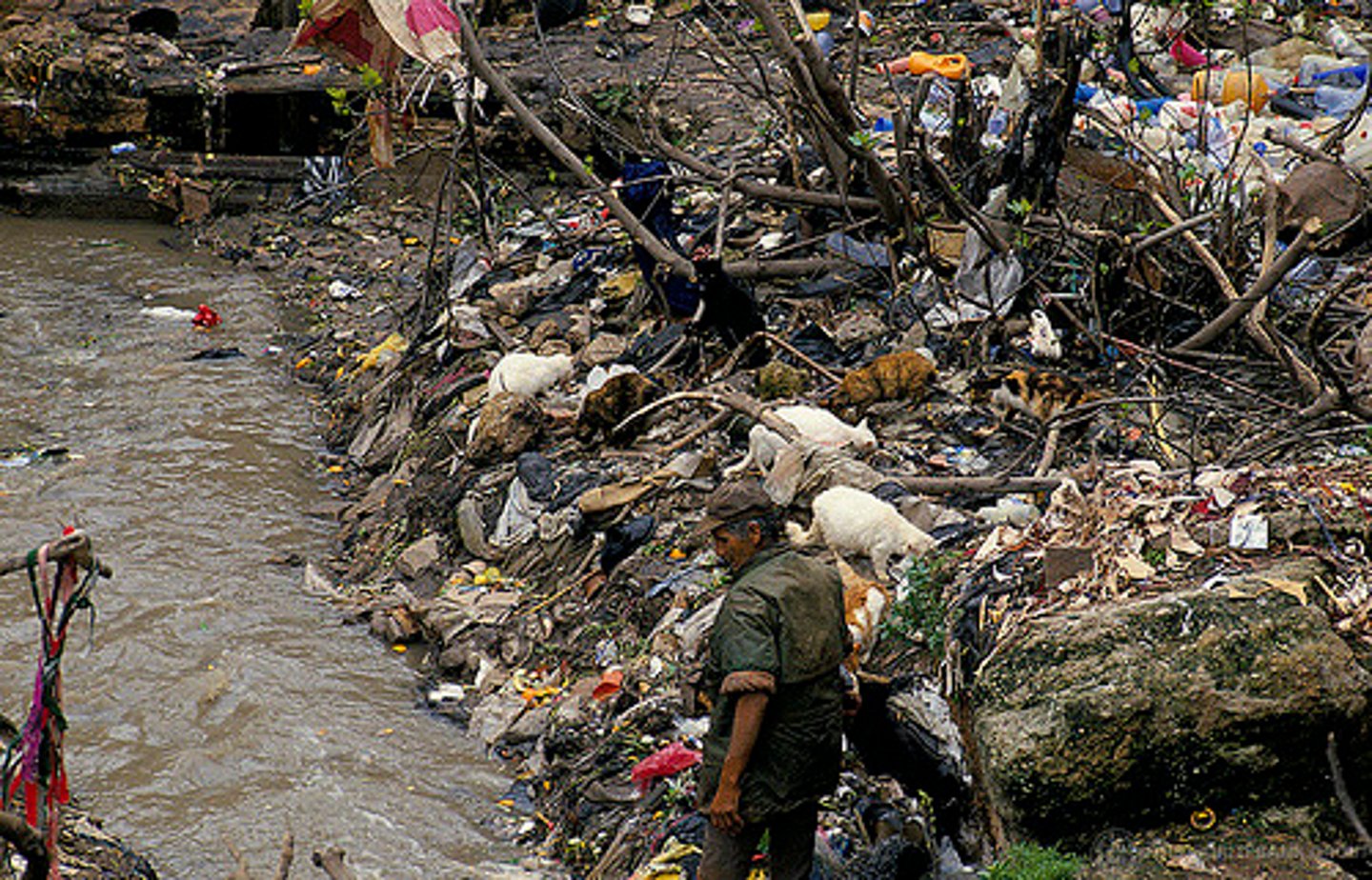
Chad + unsafe drinking water
10% of deaths in Chad is due to unsafe water
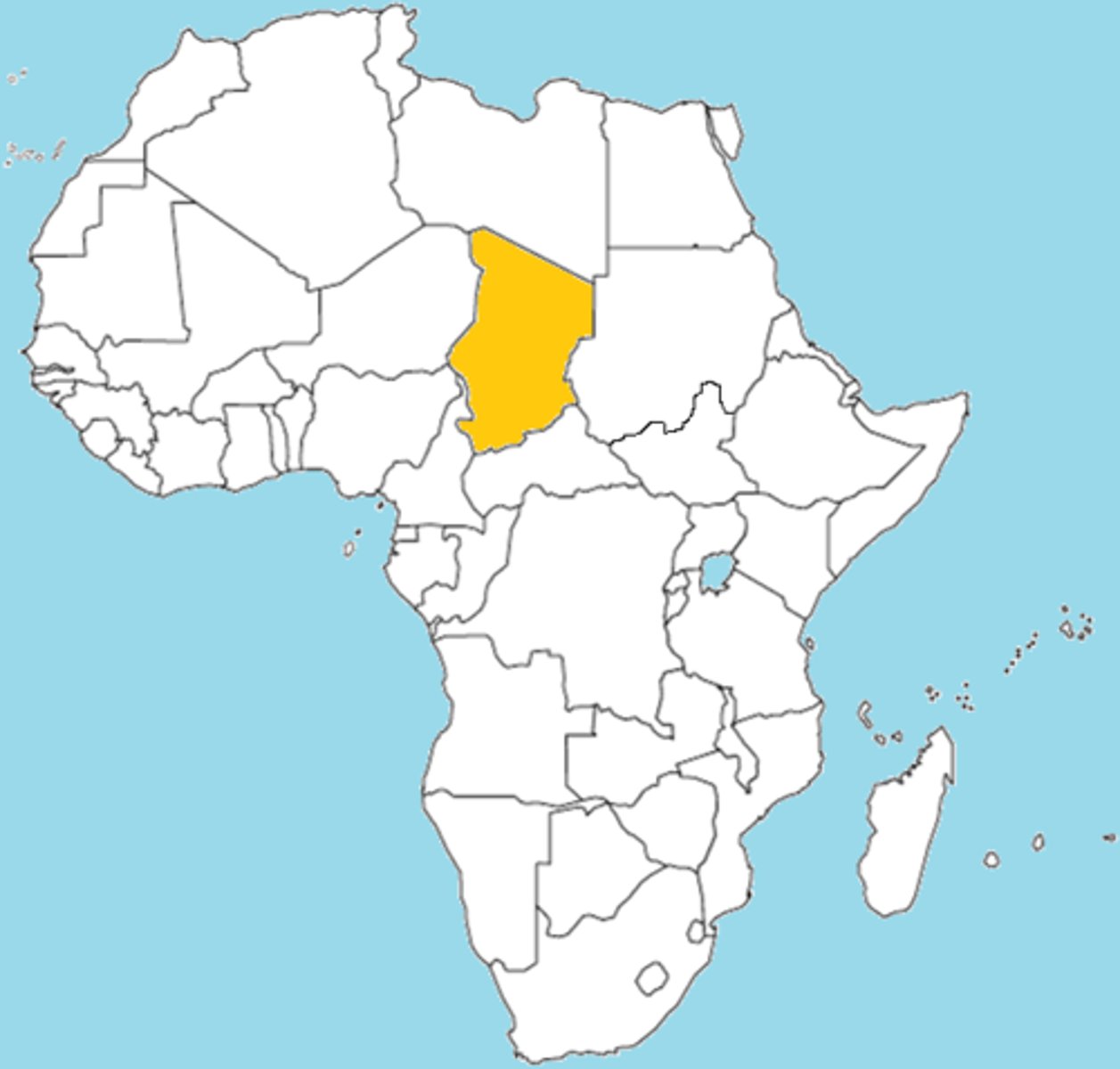
Vulnerable populations + unsafe water
- Rural households suffer from unsafe water more than urban households
e.g., DRC 2020
... 1% of rural population had access to clean water
... 40.4% of urban population had access to clean water
- Women and children often suffer the most, have to walk far distances to collect dirty water
=> miss out on education, more likely to get sick with water related diseases
- 2.4 billion people (1 in 3) don't have access to a proper toilet
- Lack of education about or lack of running water/soap to allow sanitation and hygiene
- 3 billion people worldwide lack basic handwashing facilities at home
Water in the future
Water scarcity could displace 700 million people by 2030
By 2030, demand for water may exceed available water supply by 40%
... some countries experience a funding gap of 61% for achieving water and sanitation targets
SDGs + water sanitation + disease
most of the disease related to water quality are preventable
=> Much progress has been made (MDG and now SDG no. 6)
=> SDG no.6 = clean water and sanitation
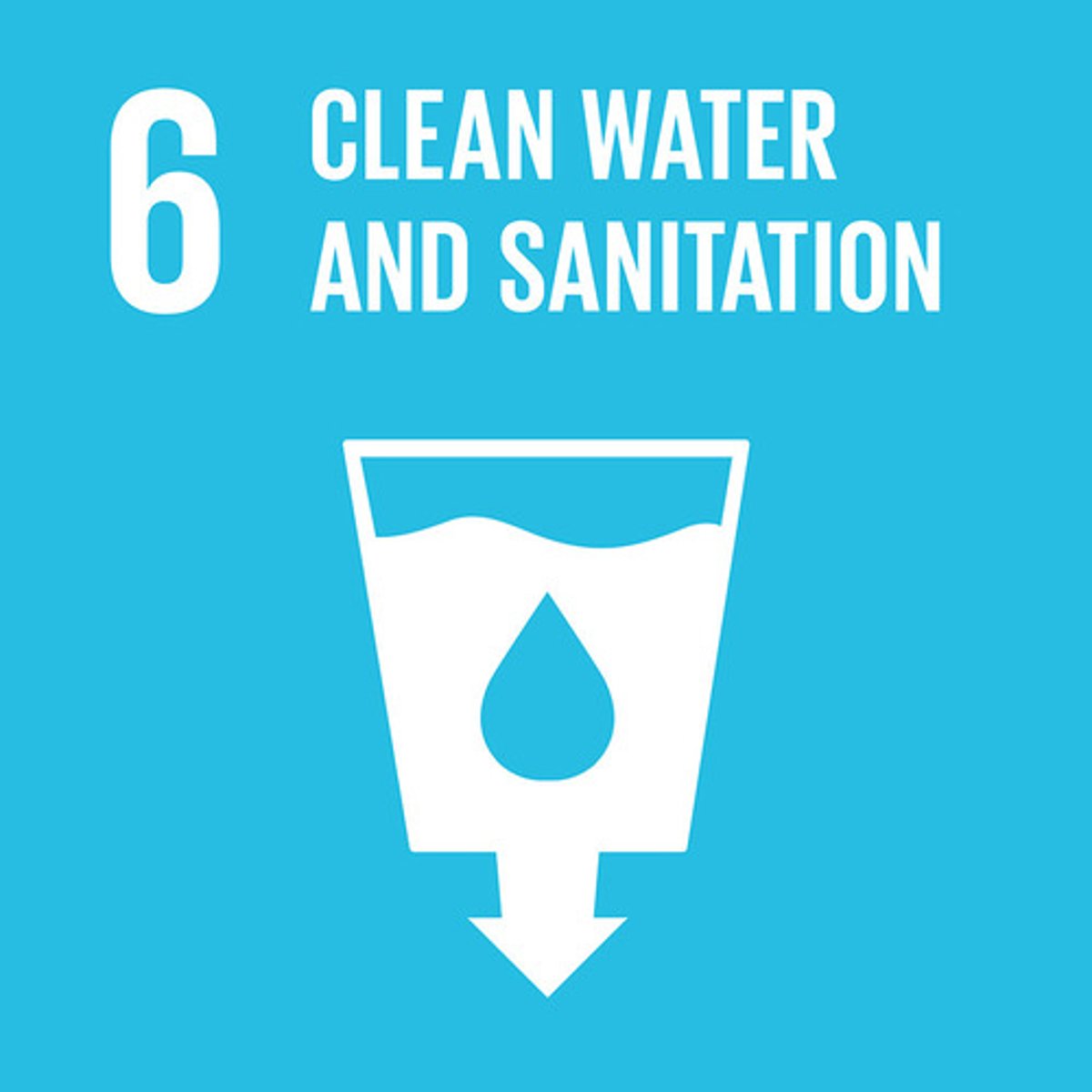
Polycrisis Era
THE WORLD HAS ENTERED A POLYCRISIS ERA:
... UN's SDG
- climate crisis
- conflicts
- gloomy global economic outlook
- lingering COVID19 effects
=> UN says that were on the brink of climatic calamity
... heatwaves, droughts, flooding, and wildfires are becoming more and more common
Attenborough says that we have reached this tipping point and are into a new threshold, a point of no return
haiti info
the Haitian earthquake
of 2010.
before it struck, the country lacked
a public sewage system, and less than half the
population had access to drinking-water services.
Malnutrition was rampant,
nearly 200,000 people lived with HIV/AIDS, and only half of the childhood
population was vaccinated against basic diseases
like diphtheria.
cramped and unhygienic = conditions of the refugee camps infectious diseases
spread very quickly, especially cholera. Between
2010 and 2014, UNICEF reported that there had
been nearly 700,000 cases and over 8,500 deaths
from cholera in Haiti.
research
New gov budget – clean fuels and energy
However America – pulling out of climate agreements
Role of International Agencies and NGOs in Promoting Health and Combatting Disease
- international agencies
- WHO
- Unicef
- NGO's
- Oxfam
-doctors without borders
International Agency
= an intergovernmental association responsible for the objective development and welfare of global affairs.
NGO
a non-governmental organisation
... non-profit association that operates independently of both government and business
... funded by public donations
Role of NGOs in Promoting Health and Combatting Disease
1. Save the Children
... supports education, mental health, and wellbeing of children all over the world
2. World vision
... helps struggling families across the world
3. Oxfam
... aims to help LDC's by promoting aid and investment
Role of International Agencies in promoting health and combatting disease
1. Organisation of Economic Cooperation and Development (OECD)
... works to increase trade
2. World Bank
... offers loans to LICs to help them develop
3. UNICEF
... United Nations international children's emergency fund
4. Wold trade organisation
... promotes free market economies and world trade
5. WHO
... promotes health for people all over the world
WHO
= the world health organisation
... work to build a better, healthier future for people all over the world
=> Work in more than 150 countries around the world
=> Work with governments and other partners to ensure highest attainable level of health for all people
=> Strive to combat both infectious and non-communicable diseases
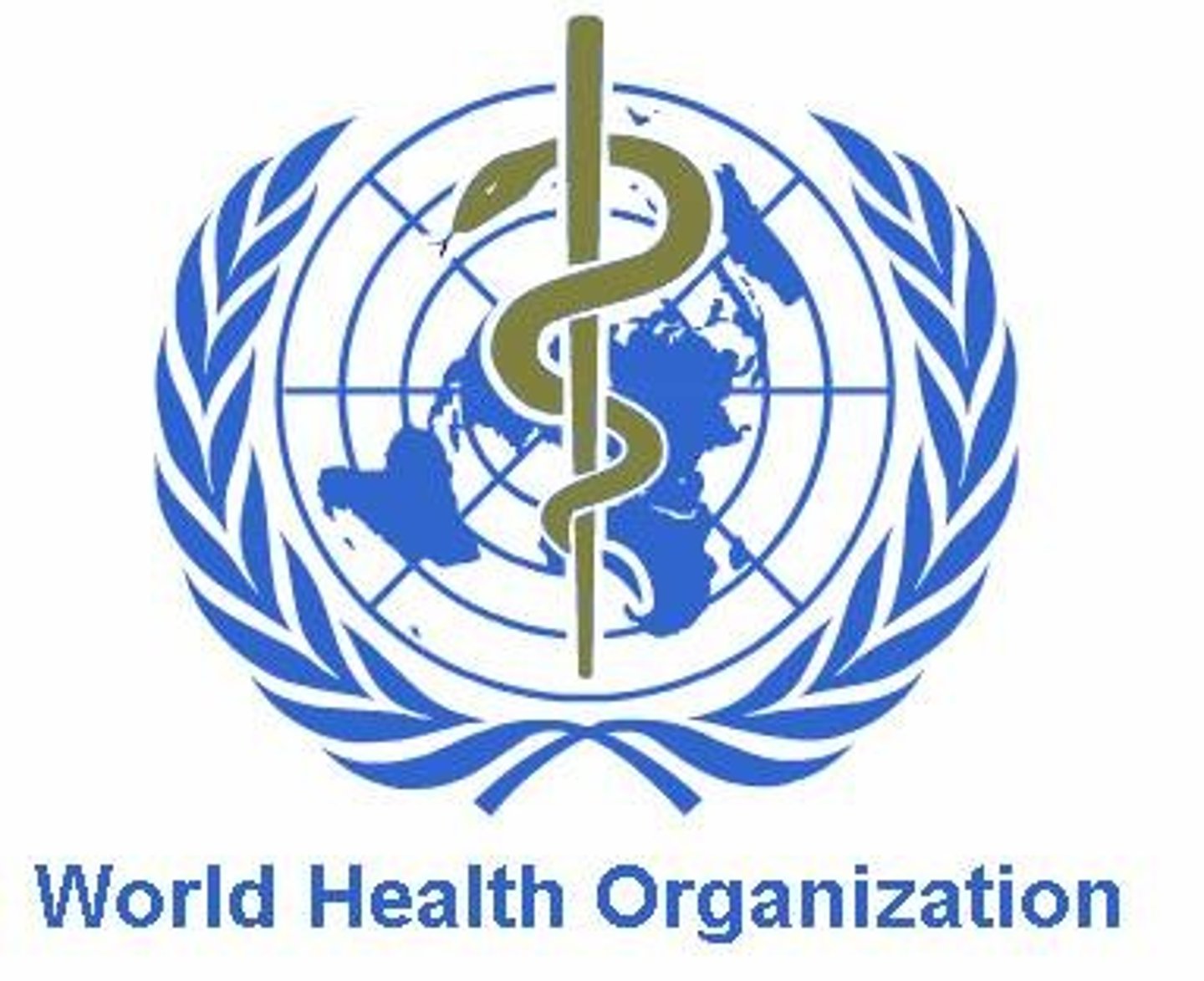
Timeline of WHO (1946-2000)
1946 = health constitution drafted and then approved at International Health Conference in New York City
1947 = first ever global disease-tracking service
1950 = discovery of antibiotics accelerates e.g., penicillin
1952- 1961 = polio vaccine
1978 = "health for all" goal set for universal health coverage
1980 = smallpox eradication
1983 = HIV discovered
1999 = global alliance for vaccines and immunisation
2000 = GOARN (global outbreak alert and response network) established to detect and combat the international spread of outbreaks
Timeline of WHO (2003-2022)
2003 = "3 by 5" initiative => aims to bring treatment to 3 million people living with HIV by 2005 and 13 million by 2013
2006 = child mortality declines
2013 = comprehensive mental health action plan
2014 = Ebola outbreak in west Africa, response to outbreak included deploying experts and medical staff, equipment, foreign medical teams, etc.
2016 = treatment of neglected tropical diseases (1 billion people treated in 1 year)
2016 = Progress of Ebola outbreak in west Africa => 0 cases reported
2019 = UN Declaration on universal health coverage
2020 = Global outbreak of novel coronavirus declared a Public Health Emergency of International Concern
2021 = Antiretroviral Therapy => 28.7 million had access to it in 12/21, meaning 75% of all HIV patients were accessing treatments
2022 = Agreement for cooperation on the health of humans, animals, plants, and the environment
UNICEF
IA
... mission to reach every single child with life-saving vaccines
- Supplies vaccines to reach 45% of the world's children under 5 years of age
- Detecting, treating, and caring for malnourished children in more than 100 countries
- 400 million children a year receive UNICEF supplied polio vaccines
- Procures and distributes an estimated 75-80% of the world's ready-to-use therapeutic food (RUTF)
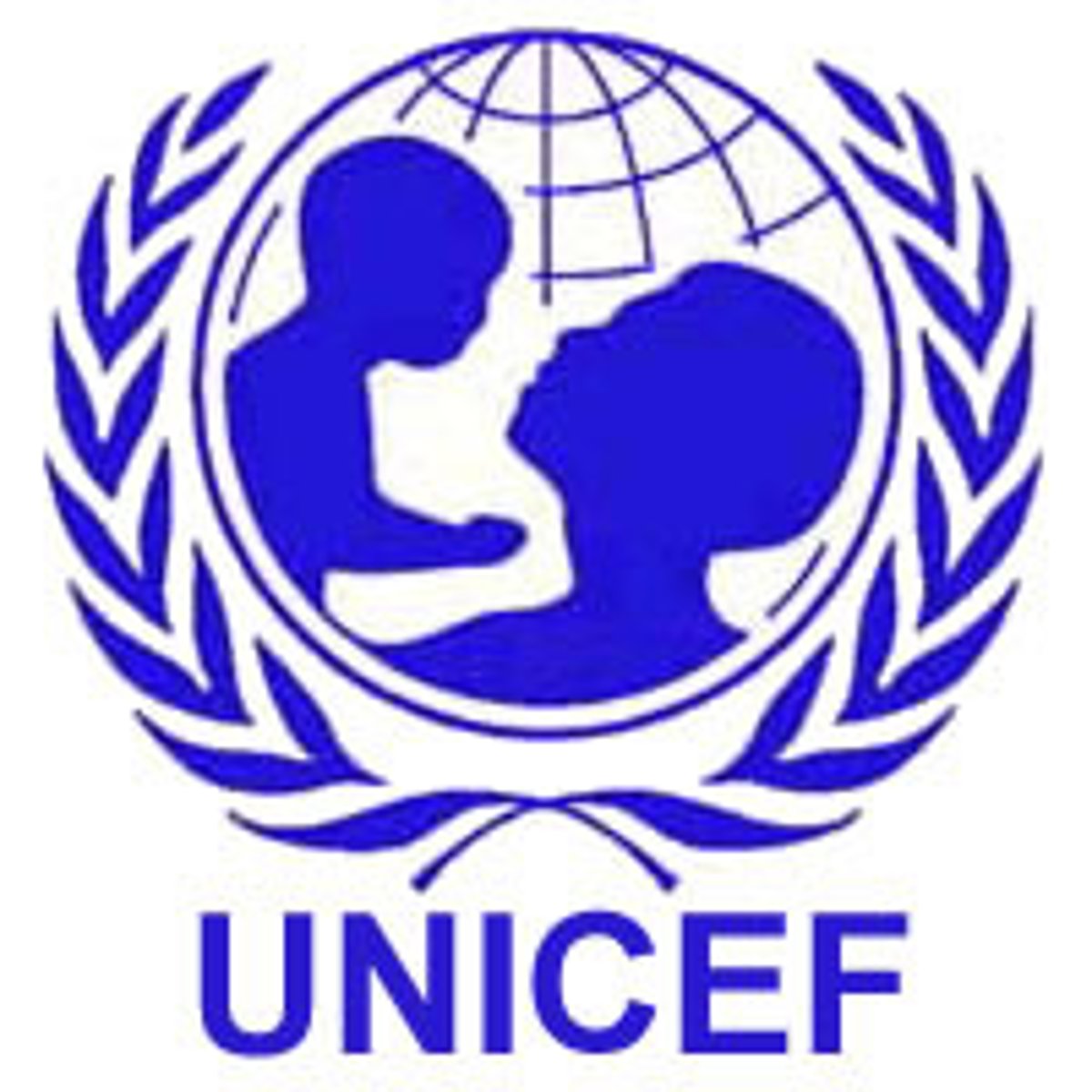
Positives of NGO's
- Ability to reach areas in severe need
- Relatively low cost
Flexibility and freedom to respond to situations
Negatives of NGO's
- Need a code of conduct for health system so don't oppose governments
- can't undermine public provisions
- sometimes don't have enough funding
OXFAM
... global movement working to end poverty
equality for women, water for all, protection from climate change, food for all, disaster aid
=> Provide regular emergency food distributions, clean water safe sanitations facilities, essential hygiene items
=> Promote good hygiene
=> Helped 8 million people fight poverty in 2023
=> Campaign for access to safe water and toilets to stop the spread of disease
=> Install irrigation systems to reduce risk of famine

Medicine sans frontiers (Doctors without borders)
make medicine accesible during disasters
focus on ebola. malaria, people fleeing from wars
6 million individual donors - 89% of funding
recieve some gov funding
can get lobbied by these orgs
HIV research